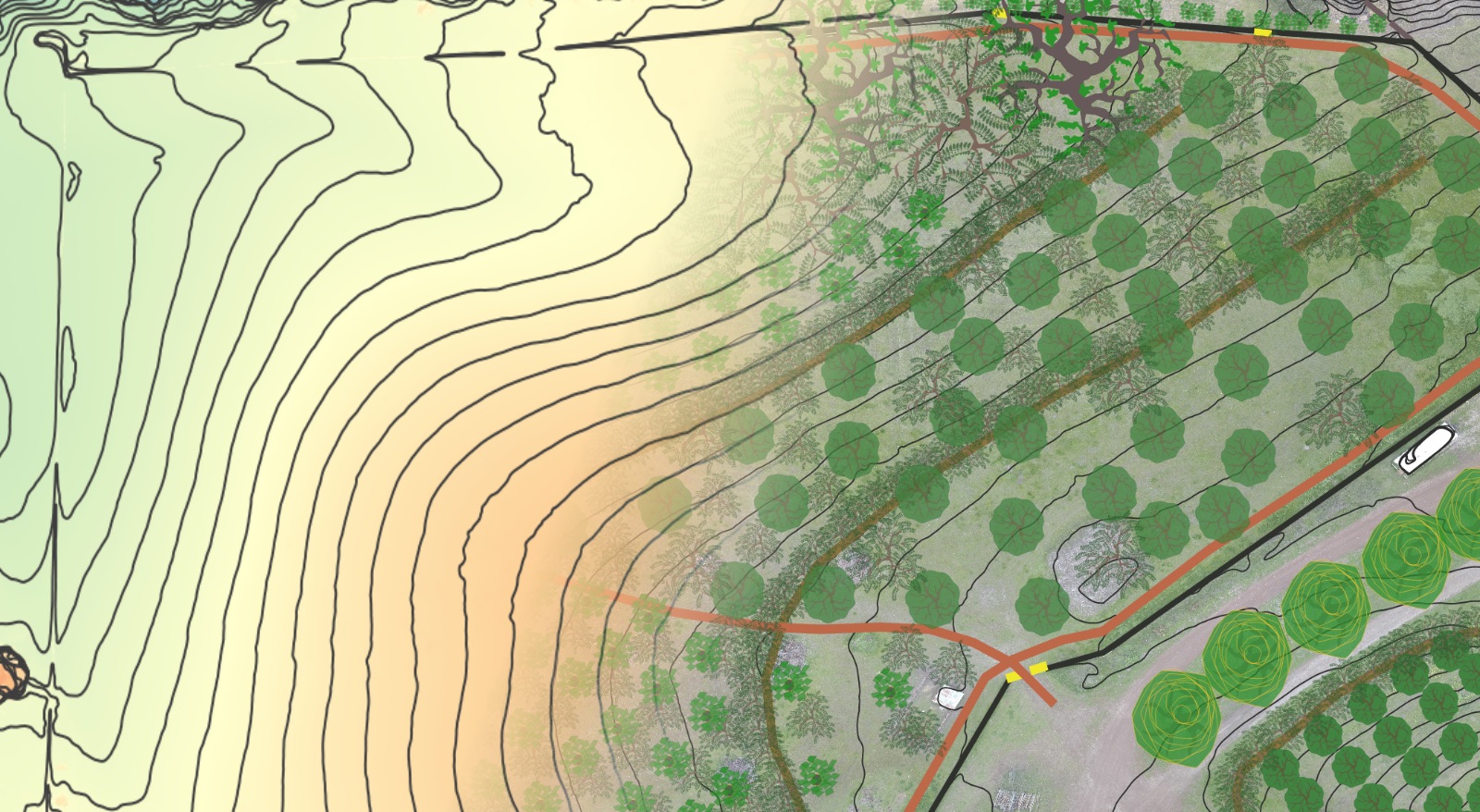Your cart is currently empty!
The Prime Directive, Ethics & Principles Of Permaculture
on
When learning about permaculture, we often hear about the ethics and the principles.
Less often do we hear the Prime Directive, which is unfortunate, because it frames up the ethics and principles beautifully as guidelines for moving one’s own life into greater alignment with natural pattern based on individual action.
We don’t have to wait for anyone to bless us with the ‘right’ or ‘privilege’ or ‘freedom’ to live more in alignment with nature. That power is is available to all of us because it resides within each of us.
The Prime Directive also speaks to what permaculture is about at its core – radical personal responsibility. Any confusion about the meaning of the third ethic of permaculture gets clarified right quick when we start with the Prime Directive.
The Prime Directive of Permaculture
The only ethical decision is to take responsibility for our own existence and that of our children. Make it now.
That’s pretty clear. With the Prime Directive as our foundation, let’s now look at the three ethics.
The Permaculture Ethics
The three permaculture ethics ask us to lengthen our time horizon and broaden our scope when deciding upon a course of action based on chain of consequences that will emanate from it.
The permaculture ethics connect us to the rest of the web of life that is much greater than each of us, in so doing instilling a sense of purpose. Instead of enabling us to divide, separate, isolate and reduce, as is central to the scientific method as currently practiced (and modern consumption-centric life in general), the ethics drive us towards increased unity, community, integration and expansion – of our thoughts and deeds with increasing life expression in our local and global ecosystems.
Permaculture Ethics
A system is regenerative (i.e. a “permaculture system”) when it aligns with the following three ethics:
1. Care Of The Earth: Provision for all life system to continue and multiply.
2. Care Of People: Provision for people to access those resources necessary for their existence.
3. Reinvestment Of Surplus: By governing our own needs (and wants), we can set resources aside to further the first two ethics.
The Permaculture Principles
The principles of permaculture are the foundational guideposts that help us align our lifestyles and landscapes with increasing life expression by improving ecosystem function.
The principles are applicable across the whole range of terrestrial contexts (they apply to all living systems on Earth)
When adapted appropriately the design principles to lead to solutions that create no new problems because they address the root cause.
Presented below are two sets of principles, the Mollisonian Principles, which come from Bill Mollison, and the twelve principles that form the foundation for permaculture design as spelled out in the Permaculture Designer’s Manual and other contributing texts. The Mollisonian Principles make excellent additions to the twelve foundational principles.
Mollisonian Principles
- Work with Nature rather than against it. Imposition is stressful and generates disorder; alignment is synergistic and creates harmony and stability.
When we throw Nature out the window, she comes back in the door with a pitchfork.
~ Masanobu Fukuoka ~
- The yield of a system is theoretically unlimited. The only limit is the imagination of the designer.
- Everything gardens. Every creature modifies its environment to better suit its needs.
- The problem is the solution. In every problem lies exactly what is needed to solve it without creating another problem.
Permaculture Principles
- Observe and interact. Recognize patterns. Understand that the observer is not separate from the observed.
- Catch and store energy. Everything in nature is self-sufficient.
- Obtain a yield. Provide for your own needs.
- Self-regulate and accept feedback. Mistakes are tools for learning.
- Use and value Nature’s gifts. Nature provides everything we need.
- Make no waste. Waste = food.
- Design from patterns to details. Top-down thinking precedes and informs bottom-up action. Energy efficient planning.
- Integrate, don’t segregate. Each element should have multiple functions, and each function should be supported by multiple elements. Build functional redundancy into your systems to make them resilient and anti-fragile.
- Choose small-scale, intensive solutions. Manage intensively in a small footprint. Test at small scale prior to extensive application with less intensive management when scaling systems.
- Optimize the edge. Edge = energy translation = higher diversity = greatest productivity.
- Make the least change for the greatest effect. Find and use leverage points. Little hinges can swing big doors.
- Collaborate with succession. Align your design with succession towards maturity. Nature has broad shoulders, let them do the work.




